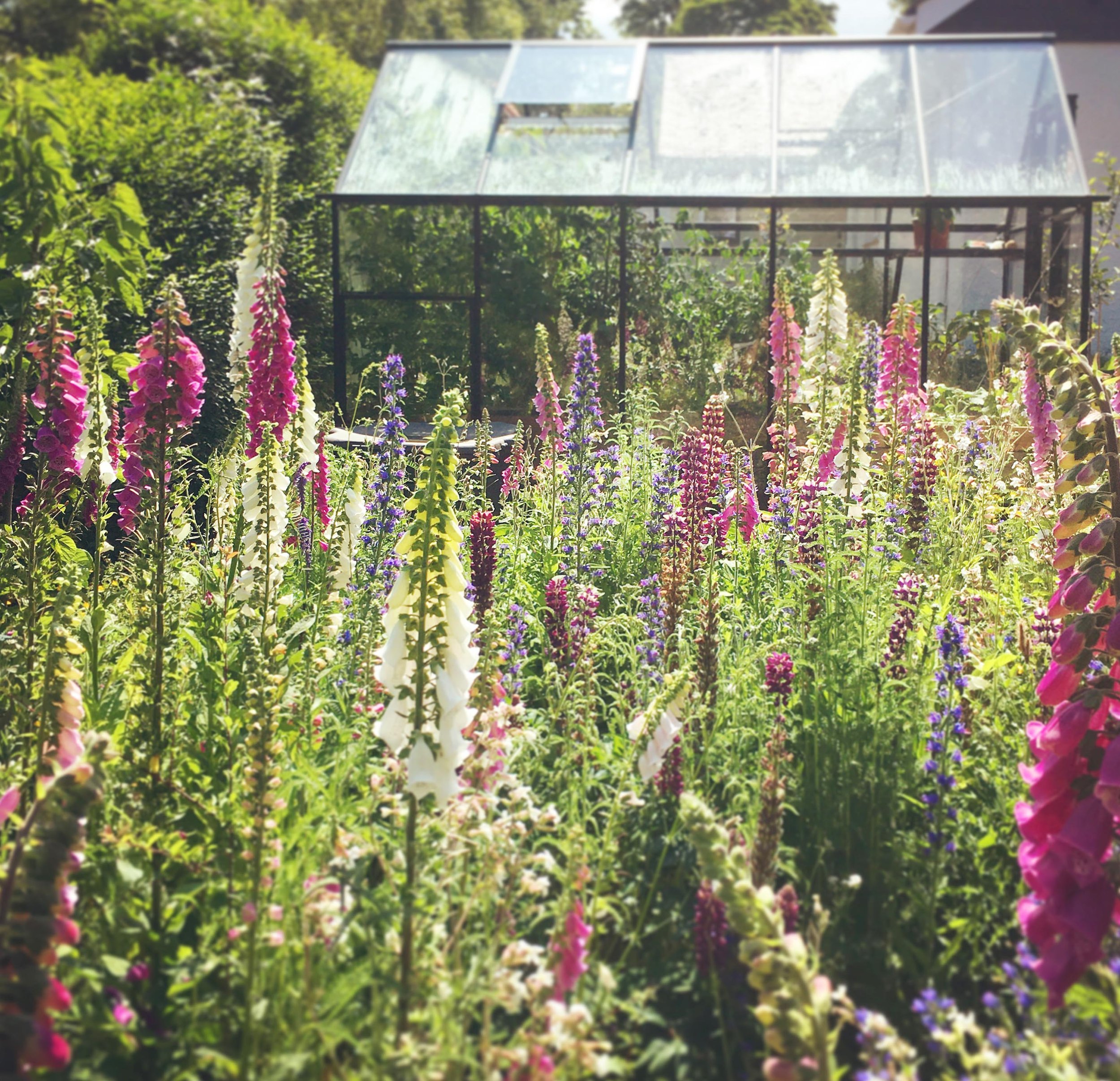Multi-floral honey.
The Honeybee Sanctuary garden, summer 2022
Honeybees that feed on various nectar sources, including forage found in woodlands, gardens, meadows and hedgerows, produce multi-floral natural honey. To get the broadest range of all the nectar sources, it is harvested once a year, representing all the pollen and nectar which the bees have gathered.
There are a wide range of health benefits which are well studied and accepted in supporting health, healing and wellbeing, including:
Helps lower your risk of heart disease.
Enhances your immune system.
Helps treat respiratory diseases.
Helps in preventing acid reflux.
Helps in fighting infections.
The antioxidants in honey nourishes healthy skin and hair.
While some of the attributes of multi-floral honey may vary every year, the core qualities remain consistent - it will be high in antioxidants, flavonoids, probiotic enzymes, pollen and nutrients, including the B vitamins and vitamin C.
Honey also has antibacterial properties - if it comes in contact with bacteria it sucks the water content through the cell wall effectively desiccating and killing the bacteria. This is because honey is hygroscopic, a property it retains even when highly diluted.
Multi-floral honey is excellent in treating allergies, it contains many of the phytochemicals of the plants collected and studies show consuming local raw honey can abate allergic reactions and prevent them in the first place.
Depending on the nectar source, multi-floral honey can have a wide range of colours and flavour profiles but generally it is milder and lighter making it more pleasant to people who don’t usually enjoy honey… and a delectable delight for us honey monsters out there!
